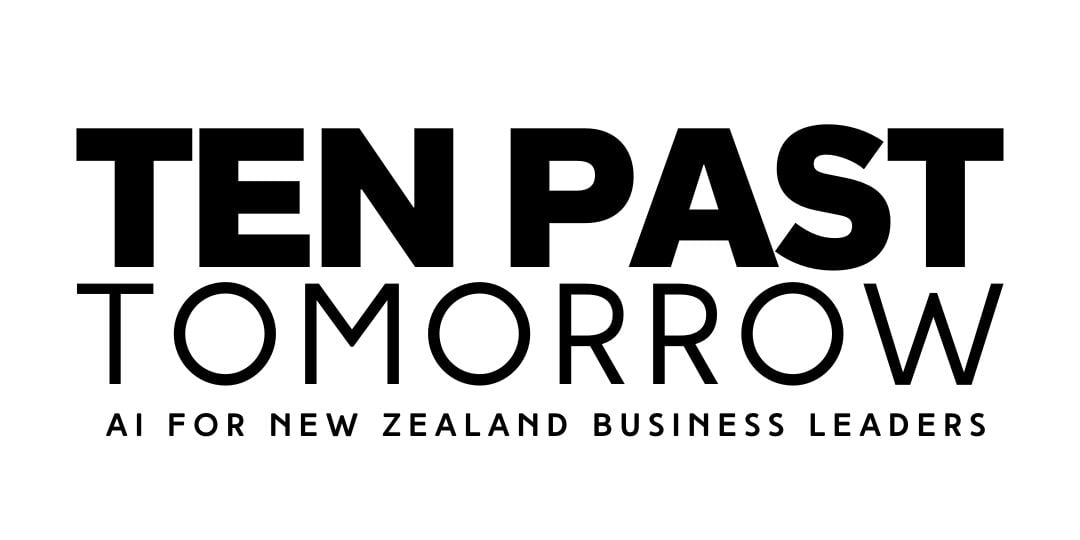How Stripe is Unleashing the Full Potential of Generative AI
At times of massive hype about emerging and potentially revolutionary technologies, as a leader trying to assess what it all means, it's important not to miss the forest for the trees. Which if we’re not careful, could be exactly what happens as we witness the widespread adoption of generative AI tech tools.
Unless you’ve had your head under a rock recently, you’ll know by now that OpenAI’s GPT-4 has been released, and it's been like watching a desert landscape coming to life after a rainstorm.
Creative uses for this AI technology are blooming everywhere, and I'm loving watching the many signs of how it will fundamentally change the game for businesses and their leaders.
But... It’s tempting to be dazzled by the glitzy use cases currently stealing the spotlight, such as article writing and image generation.
It's crucial we remain aware and receptive to the full array of possibilities that generative AI technologies like GPT-4 have to offer. There are so many business use cases for generative AI, hiding in plain sight.
In this article I’ll share a great case study which I read recently. The case study profiles Stripe, and the numerous innovative ways they are striding forward with generative AI across their business departments.
Seeing the bigger picture with AI
One of the first companies to collaborate with OpenAI on GPT-4 has been Stripe. They recently asked a team of 100 employees to drop everything they were doing and come together to explore how GPT-4 could create new features or optimize existing ones within their business.
The mission of Stripe’s giant brainstorming exercise was to identify products and workflows across the company that could benefit from large language models (LLMs) like GPT-4.
Stripe has already been using the older OpenAI product, GPT-3, for some time to enhance their customer service program, Stripe Support.
But with the arrival of GPT-4, they wanted to push the envelope and so first brainstormed a list of 50 possible applications, then narrowed it down to 15 strong contenders.
These applications fell into three main business categories:
-
Better understanding their customers' businesses.
-
Providing support for documentation questions.
-
Monitoring for fraud.
The three pillars of GPT-4's impact on Stripe's operations
Stripe customer service agents have, using GTP-4, have unlocked a deeper understanding of their clients’ motivations.
For example, they needed to know how their clients use their payment processing software. In the past this required hours of manual research, often done by combing through clients’ websites to understand how and why they used Stripe. Now, GPT-4 is scanning clients' websites and producing accurate summaries faster than humans were doing the same job.
GPT-4 is also functioning as a virtual assistant for Stripe, answering technical or troubleshooting questions by searching through documentation and providing summarized solutions. For the Stripe customer service team, it's like having a personal AI-powered support team at their fingertips.
A third application Stripe is deploying GTP-4 on is monitoring for fraud. In community forums like Discord (similar to Slack), Stripe uses GPT-4 to analyze syntax. It is helping to identify potential bad actors posing as community members to extract critical information which is then used for fraudulent ends. It's like having a virtual sentry on guard duty, 24/7.
Embracing the Full Spectrum of AI Opportunities
Stripe's commitment to AI integration demonstrates how GPT-4 has the potential to fundamentally rewire and improve how businesses run, with wider and deeper use cases than the marketing and sales solutions that most current GPT-4 commentary is focused on.
It's essential for business leaders to stay informed and open to the full spectrum of opportunities offered by generative AI tech like GPT-4. It's not just about adopting the glam use cases that are grabbing headlines at the moment; like article writing and image generation.
As evidenced by Stripe's efforts to deploy GPT-4 across multiple business scenarios, there's a wealth of latent AI potential for businesses, ready to make a considerable impact throughout all facets of your company. My advice is to keep your eyes on the horizon, not to get seduced by the bright lights of the headline grabbing AI use cases.
A skilled sailor knows how to harness the power of every gust of wind to propel their ship forward.
Similarly, as New Zealand business leaders, it's vital we understand and leverage the full multitude of ways AI technology like GPT-4 can drive our businesses towards success.






